Thailand’s Treasures Beneath the Andaman Sea
The sound of exploding firecrackers shattered the early evening calm as our four-day trip across the Andaman Sea got underway. After watching this traditional Thai ceremony to ward off evil spirits and pray for a safe journey, I looked out over the vast expanse of ocean as the smoke cleared away. The next morning it finally hit me that we were in Thailand. Above and below the water, there are few places that can rival this country's assortment of colors, textures and sounds.
The Andaman Sea has been described as Thailand’s most precious natural resource, and it’s easy to see why. Often referred to as the Pearl of the South, Phuket is the gateway to a range of dive sites whose tropical climate and crystal clear waters attract thousands of divers every year. It’s also the jumping off point for one of the world’s top ten dive destinations—the Similan Islands Marine National Park.
Scuba Diving the Similans
The Similan Islands, our first stop on the trip, offer some wonderful diving in comfortable temperatures of 28 to 29 degrees Celsius (83 to 84 degrees Fahrenheit). Similan means “nine” in a dialect spoken by the original inhabitants of these nine islands, and we spent two days here exploring their pristine and varied habitats. Resplendent dropoffs, overhangs, pinnacles covered in yellow and red corals, delicate sea whips, sea fans and soft corals were everywhere, as well as brightly hued candy-like corals, bursting with color. The scenery got better and better as we moved around the reef, and there were plenty of fish; ribbons of tiny blue fusiliers meandering one way and a selection of damselfish and butterfly fish dashing in every direction. Sprinklings of yellow snapper mingled with coral groupers higher above the reef. The small animals here were just as memorable, with tiny gobies, nudibranchs, seahorses in abundance, as well as a stunning harlequin shrimp resting cautiously on a rock and watching us drift by.
Koh Bon and Koh Tachai
About 20 kilometers north of the Similan Islands is Koh Bon, famous for one of the only vertical walls in Thailand, a stunning structure that rises from the depths and is covered in lush coral growth. Bigger animals such as leopard sharks are often seen here, but it’s particularly good for small critters. Pipefish, amazing nudibranchs and other unusual smaller animals were trying their best to remain hidden on the reef. The southwestern point is a great place to start if you’re looking for vibrant coral that adds up to the delightful scenery. Long-nosed emperor fish and rainbow runners traced across the scene, together with bluefin trevally and anemone crabs. Groups of cornetfish hovered over the area, with cardinal fish and longfin banner fish. A school of yellow sweepers grazed over the wall, leaving behind a cloud of white fragments as they enjoyed a hearty meal. Koh Tachai, or Twin Peaks, was full of species such as common crab, various shrimp species, sea slugs, nudibranchs and a few small gobies. A shoal of yellow-back fusiliers greeted us as we descended toward a sloping patch of hard corals, which, on closer inspection, was punctuated not only by big eye jacks but also by tiny swirling groups of butterfly and angelfish.
Richelieu Rock
This site consists of a huge central pinnacle rising from 50 meters deep to the water’s surface. Surrounded by smaller jutting rocks, the entire area seemed to be smothered in coral growth with ornate ghost pipefish, cleaner pipefish and even a tiger tail seahorse or two hiding in and around the structures. Descending along the rock, the pinnacle and rock formations were covered in various types of barrel sponges, with small fish chasing each other around the nooks and crannies. Deeper down, this soon gave way to a riot of color, as red and orange sea fans covered every available vertical space. Nudibranchs of all shapes and sizes could be found here, along with blackfin and yellowfin barracuda, morays tucked away while being cleaned by striped shrimp, and schools of fish that soared from the depth towards the shallows. Richelieu Rock is also rated as one of the world’s top places to dive with whale sharks, but unfortunately these magnificent giants eluded us completely. Even though they may not always appear, this dive site should still remain a diver’s heaven for a long time to come.
For keen divers in Japan, a liveaboard on the Andaman Sea is highly recommended and very suitable for a long weekend trip. Our boat, the MV Palawan, had a large indoor saloon, a deck for dive gear and a spacious sundeck, while all cabins came with drinking water, beach towels, soap and shampoo, a hair dryer, blankets, a safe box, seasickness tablets, lifejackets, and international electric sockets. The diving schedule is hard but standard for liveaboards, with the first dive at 7 a.m., followed by three more during the day, including a sunset or night dive. Tea, coffee and cookies are available throughout the trip and the buffet breakfasts and dinners came with a range of meat, seafood, vegetable and dessert options. The exotic beauty of the ocean and the great hospitality are worth the trip. I can see us returning for sure.
The Deets
Getting there: Flights are available from Tokyo’s Haneda airport to Phuket via Singapore with Singapore airlines and Silkair. Free pickups are offered from Phuket to the harbor.
How to Book: Trips aboard the MV Palawan can be booked through West Coast Divers, a dive center in Phuket. Japanese divers can find out more information through Nangoku on Kozushima Island (a couple of Japanese guides there run trips to the Andaman Sea).
When to go: The area is open to visitors for seven months of the year, but the tropical climate means the park must close between May and November, when storms are frequent.
Where to stay: After the liveaboard we stayed at the Phuket Airport Hotel before flying to Tokyo the next morning. Conveniently located near a few restaurants and shops, it’s a relaxing place with spacious rooms, a swimming pool, and a friendly atmosphere. A free shuttle bus to the airport is available, as well as both Thai and Western-style breakfasts.

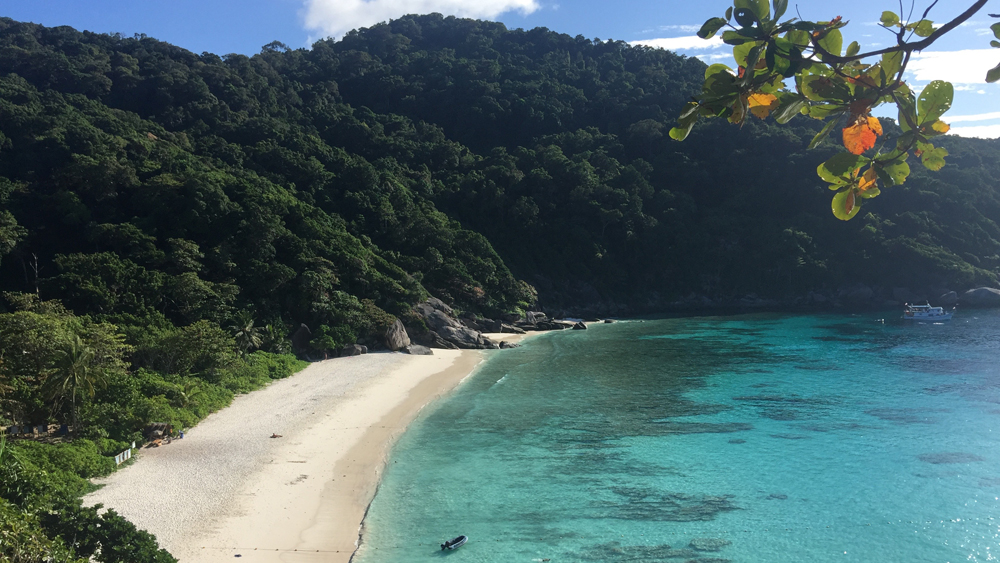
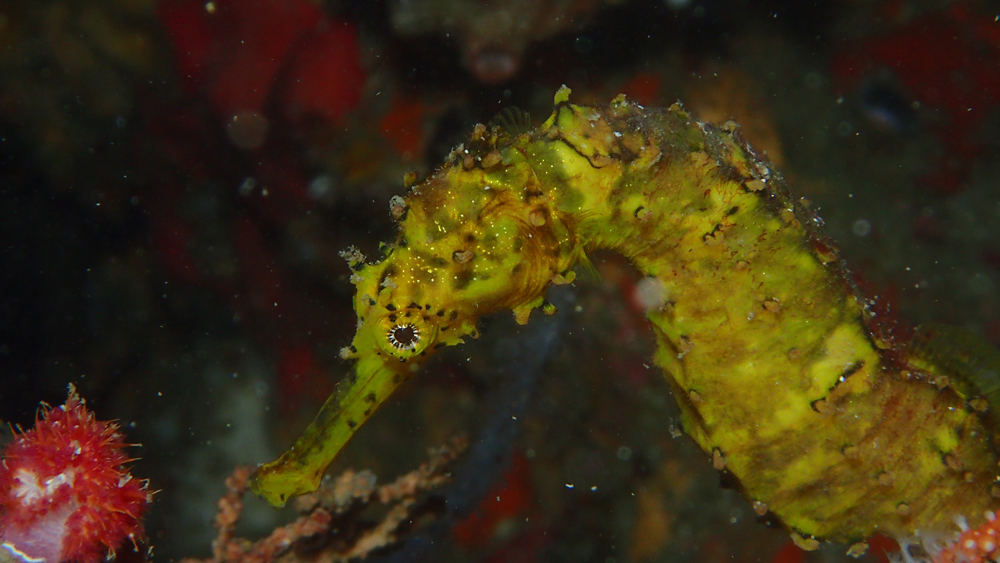
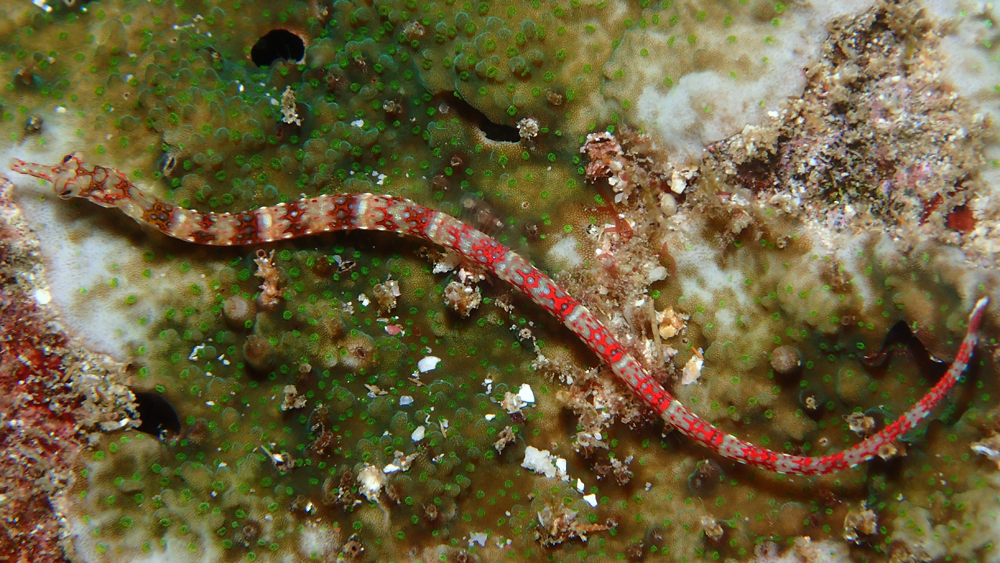
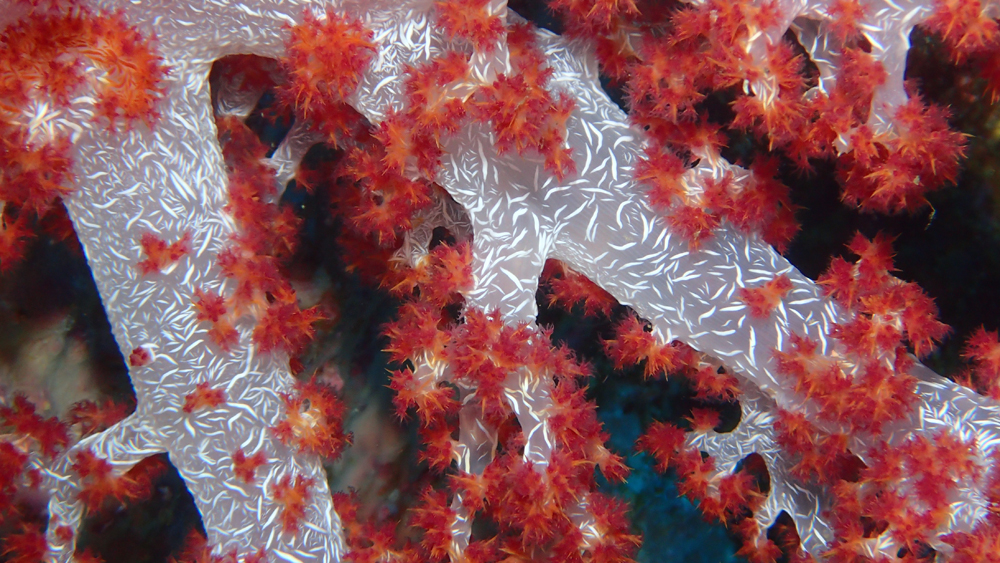
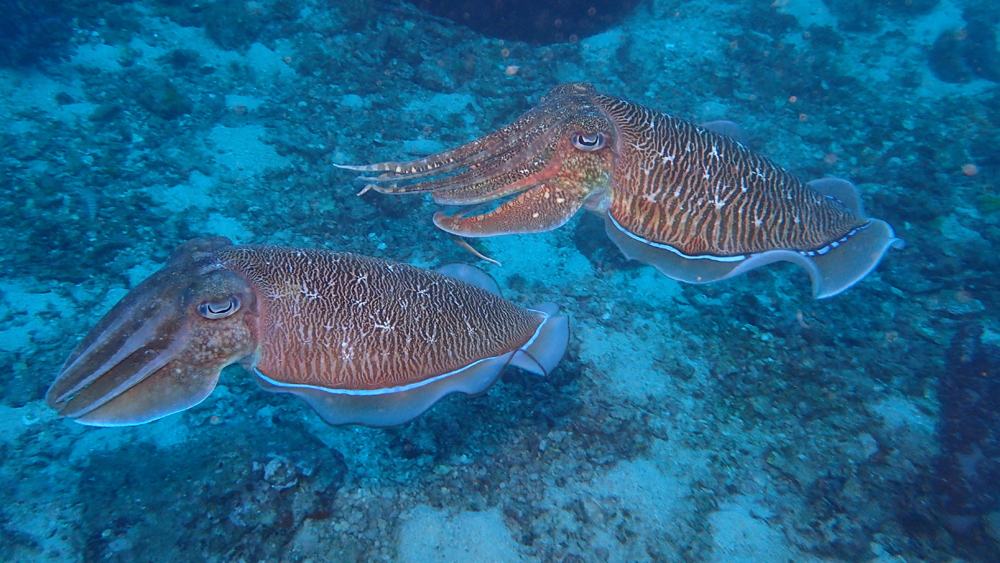
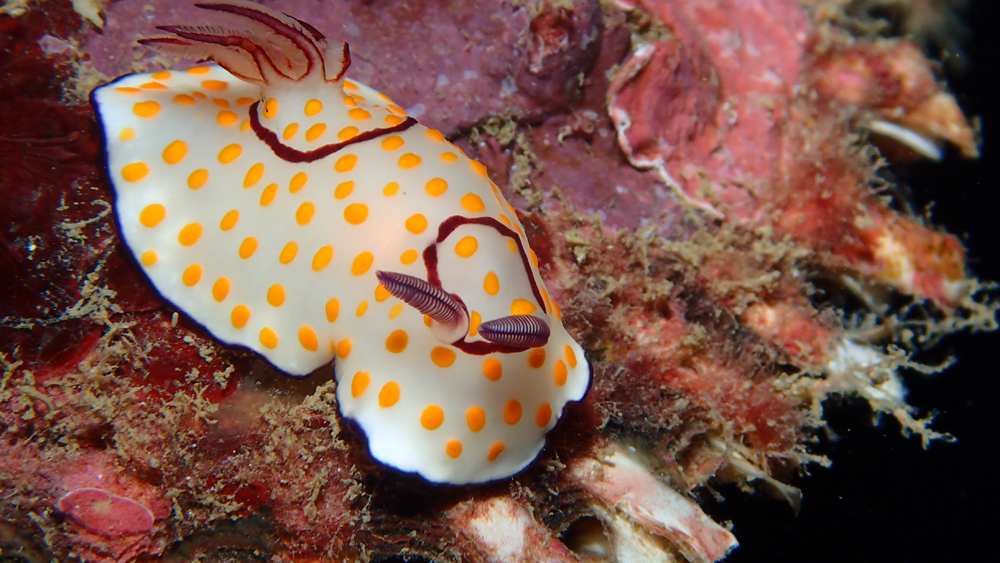












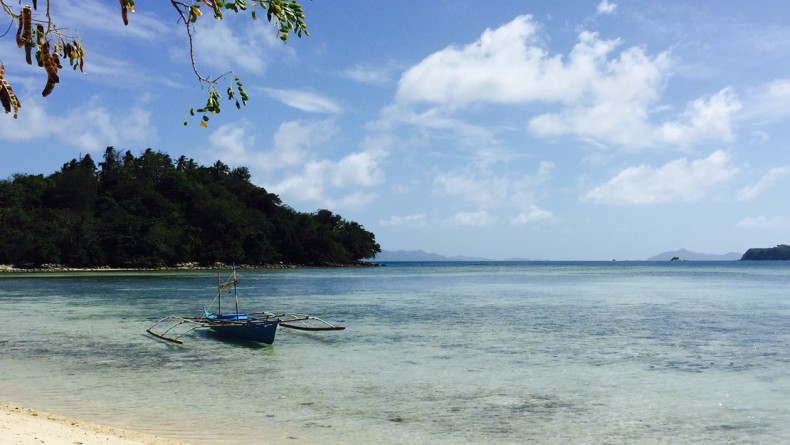
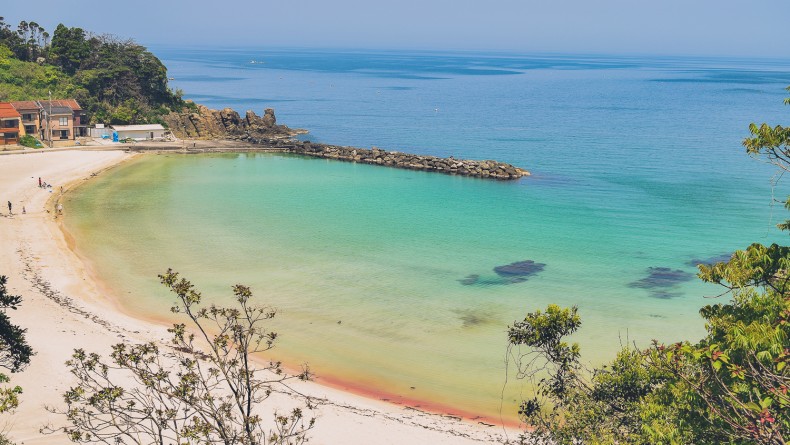
Leave a Reply